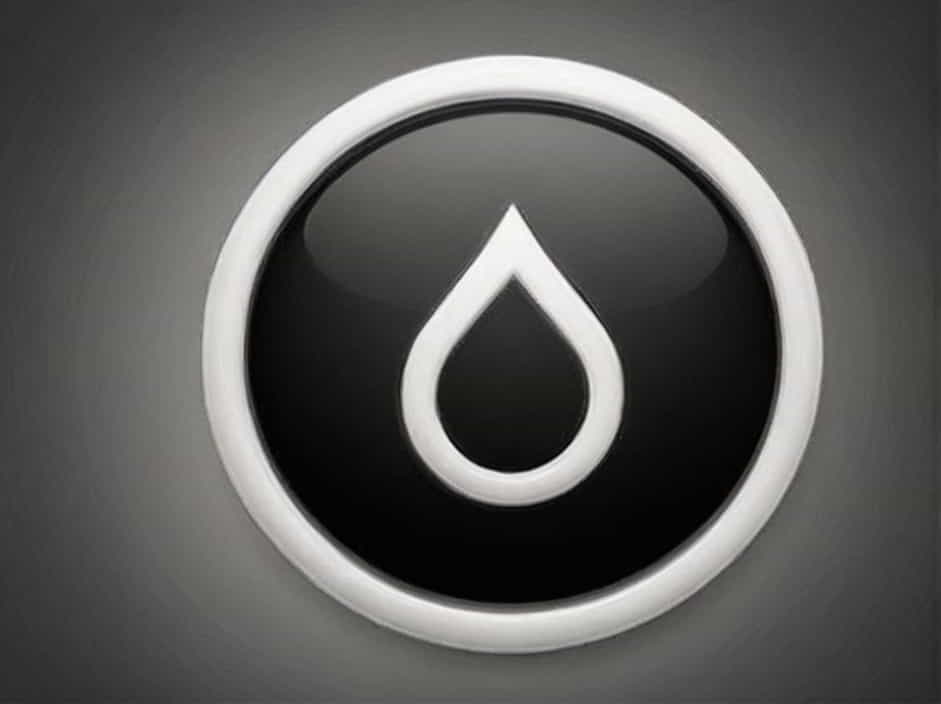The Van ‘t Hoff factor is an essential concept in chemistry that helps describe the effect of solutes on colligative properties, such as freezing point depression, boiling point elevation, and osmotic pressure. It measures how many ptopics a substance produces when dissolved in a solvent.
Urea (CO(NH₂)₂) is a common organic compound used in fertilizers, pharmaceuticals, and biological systems. Understanding the Van ‘t Hoff factor of urea is important for its applications in chemistry, agriculture, and medicine.
This topic explores the Van ‘t Hoff factor of urea, how it behaves in solution, and its impact on colligative properties.
What Is the Van ‘t Hoff Factor?
The Van ‘t Hoff factor (i) is defined by the equation:
It helps determine whether a solute dissociates, ionizes, or remains intact in a solvent.
Key Points About the Van ‘t Hoff Factor
- Non-electrolytes do not dissociate ( i = 1 ).
- Strong electrolytes fully dissociate, producing multiple ions ( i > 1 ).
- Weak electrolytes partially dissociate, so i varies between 1 and 2.
What Is Urea?
Urea (CO(NH₂)₂) is a naturally occurring organic compound that plays a key role in the nitrogen cycle. It is produced in the liver as part of protein metabolism and excreted in urine.
Urea is widely used in:
- Fertilizers (as a nitrogen source for plants).
- Medical treatments (such as diuretics and dermatological creams).
- Industrial applications (plastics, adhesives, and resins).
Van ‘t Hoff Factor of Urea
Does Urea Dissociate in Solution?
Urea is a covalent, non-electrolyte compound. When dissolved in water, it does not break into ions but remains as whole molecules.
Thus, the Van ‘t Hoff factor of urea is 1:
This means that for every one molecule of urea dissolved, only one ptopic is present in solution.
Comparison of Van ‘t Hoff Factors for Different Compounds
| Compound | Type of Compound | Van ‘t Hoff Factor (i) |
|---|---|---|
| Urea (CO(NH₂)₂) | Non-electrolyte | 1 |
| Glucose (C₆H₁₂O₆) | Non-electrolyte | 1 |
| Sucrose (C₁₂H₂₂O₁₁) | Non-electrolyte | 1 |
| NaCl (Sodium Chloride) | Strong Electrolyte | 2 |
| CaCl₂ (Calcium Chloride) | Strong Electrolyte | 3 |
Impact of the Van ‘t Hoff Factor of Urea on Colligative Properties
Since urea does not dissociate, it affects colligative properties in a predictable way.
1. Freezing Point Depression
The freezing point of a solution is lower than that of the pure solvent. The equation is:
For urea, i = 1 , meaning it reduces the freezing point less than an ionic solute like NaCl ( i = 2 ).
2. Boiling Point Elevation
The boiling point of a solution increases when a solute is added, given by:
Since **urea has i = 1 **, its effect is smaller than that of electrolytes, which produce multiple ptopics in solution.
3. Osmotic Pressure
Osmotic pressure is important in biological and industrial applications. It is calculated as:
Because **urea has i = 1 **, its osmotic pressure is lower than ionic compounds with higher Van ‘t Hoff factors.
Why Does Urea Have a Van ‘t Hoff Factor of 1?
1. Urea Is a Covalent Compound
Unlike salts and acids, urea does not break into ions when dissolved in water.
2. Urea Forms Hydrogen Bonds but Does Not Ionize
Urea dissolves well in water due to hydrogen bonding, but it remains as neutral molecules, keeping i = 1 .
3. Urea Does Not Conduct Electricity in Solution
Since it does not produce charged ptopics, it does not conduct electricity like electrolytes.
Applications of Urea in Chemistry and Biology
1. Urea in Agriculture
- Used as a high-nitrogen fertilizer.
- Improves soil quality without affecting colligative properties significantly.
2. Urea in Medicine
- Found in dermatological treatments for skin hydration.
- Used in kidney function tests due to its role in the nitrogen cycle.
3. Urea in Industrial Applications
- Used in the production of plastics, adhesives, and synthetic resins.
- Helps stabilize protein structures in laboratories.
Common Misconceptions About the Van ‘t Hoff Factor of Urea
1. “Urea has a Van ‘t Hoff factor greater than 1.”
- False. Urea does not dissociate, so i = 1 .
2. “Urea is an electrolyte.”
- False. Urea does not produce ions and is a non-electrolyte.
3. “The Van ‘t Hoff factor does not affect biological systems.”
- False. The osmotic pressure in biological cells depends on solute ptopics, making i an important factor.
Comparison of Urea with Electrolytes and Other Solutes
| Solute | Electrolyte or Non-electrolyte? | Van ‘t Hoff Factor (i) |
|---|---|---|
| Urea (CO(NH₂)₂) | Non-electrolyte | 1 |
| Glucose (C₆H₁₂O₆) | Non-electrolyte | 1 |
| NaCl (Sodium Chloride) | Strong electrolyte | 2 |
| CaCl₂ (Calcium Chloride) | Strong electrolyte | 3 |
| K₂SO₄ (Potassium Sulfate) | Strong electrolyte | 3 |
The Van ‘t Hoff factor of urea is 1 because urea is a non-electrolyte that does not dissociate in solution. This means it affects colligative properties like freezing point depression, boiling point elevation, and osmotic pressure in a predictable way.
Since urea remains as whole molecules, its impact on these properties is less significant than that of electrolytes, which produce multiple ptopics in solution.
Understanding the Van ‘t Hoff factor of urea is important for its applications in agriculture, medicine, and industry, where it is widely used as a fertilizer, pharmaceutical ingredient, and industrial compound.
